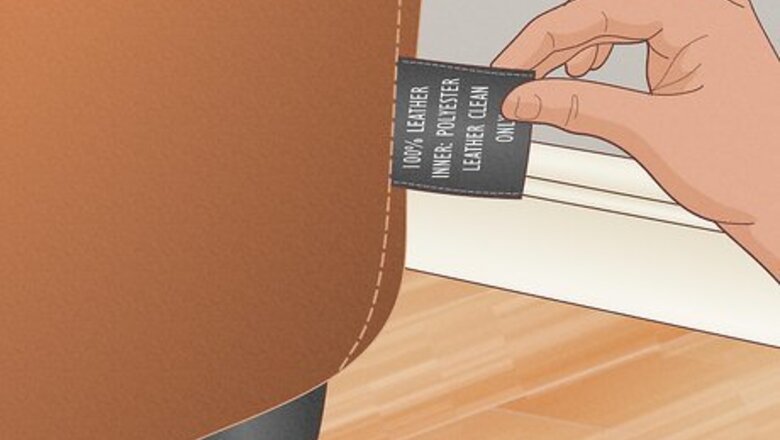
views
Cleaning Your Leather Chairs Regularly
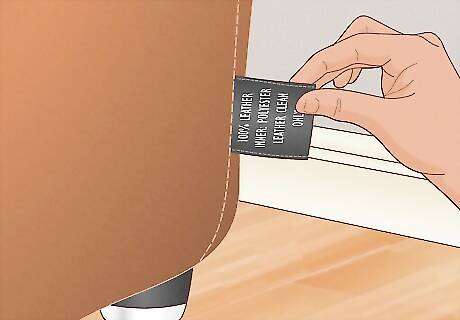
Determine the type of leather. Before you attempt to clean a leather sofa, determine the type of leather. Manufacturer's tags found on leather furniture generally provide cleaning tips and warnings. Look to see if there are any tags attached to your furniture. If you don't find any, look at the written material that came with your furniture when you purchased it. If you know the specific type of chair you own, you may be able to find manufacturer's instructions online. The tag or instructions will provide tips on cleaning your furniture. It will also let you know what products could be potentially harmful to your leather. If you're unable to determine the specific type of leather, keep in mind most leather furniture is made from top-coat protected leather. It is generally safe to clean this leather using mild body soap and water.

Vacuum the chair. Before you begin cleaning your furniture, give it a good vacuuming. Regular vacuuming can prevent wear and tear on leather furniture. For best results, use a vacuum with a soft brush attachment. Run the vacuum over the chair, making sure to get into dust between the cushions and in any cracks or crevices. Once you finish, wipe the chair down with a cloth. Use either a cotton or microfiber cloth. Keep an eye out for problem areas when vacuuming and dusting. Later on, you can treat any stains you find with soap or other cleaning products.
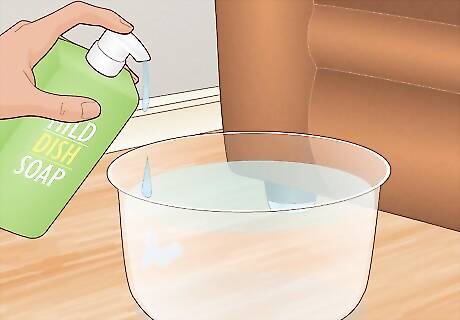
Make a cleaner using water and soap. Once you've vacuumed and dusted, prepare your cleaner. You can clean leather with basic household supplies. Use a mild liquid soap. Soaps you would use in the shower work well as long as they're of a mild variety. If possible, use distilled water over tap water. Tap water may contain trace amounts of contaminants such as chlorine, which can cause damage to leather. Mix the water and soap together until suds form at the surface.
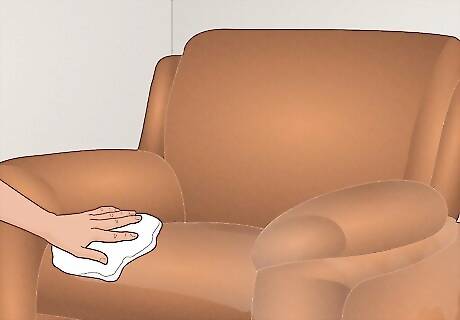
Wipe down the chair. Test a small area of the chair first. If you don't notice any damage, dip a clean rag in the liquid and wring it out thoroughly. From there, wipe the chair down with the wet rag. Once you finish applying the water and soap mixture, get another rag. Soak it with only distilled water and then ring it out. Repeat the process with this rag. Take a third rag and use it to dry off the chair.
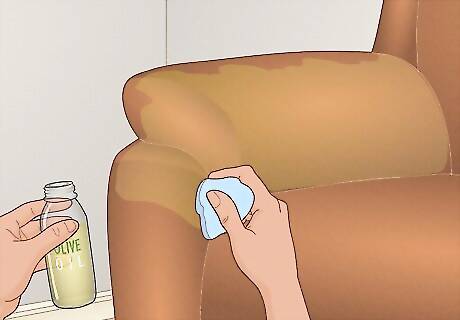
Condition the leather. You should always condition leather after cleaning it to restore its natural oils. You can use olive oil to condition leather. Add a small amount of olive oil to a dry cloth. Then, rub it into the leather until it has a nice shine. Be very careful not to use too much olive oil. This can make leather look greasy. If your chair looks darker after conditioning, you've used too much oil. Try to use less next time.
Treating Stains
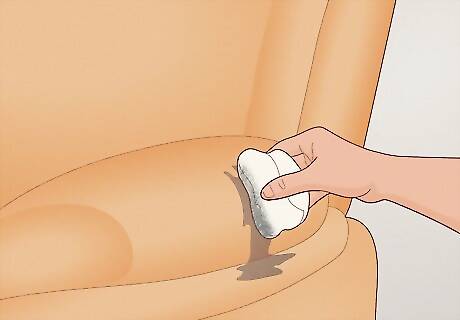
Wipe up grease stains with a dry cloth. If you get any grease stains on your leather chair, wipe them up right away with a clean, dry cloth. Do not add water. This could cause the grease to set in. If the stain remains after you attempt to wipe it away, sprinkle baking soda on the affected area. Baking soda can help draw out the grease. Leave on for a few hours and then gently brush it off with a rag.
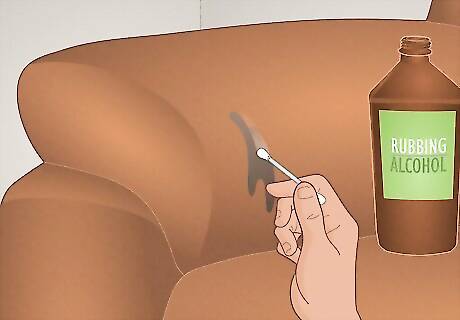
Use rubbing alcohol for ink stains. Ink stains are common with leather furniture. If you notice an ink stain, rubbing alcohol is probably your best course of action. Get a cotton swab. Dab some rubbing alcohol onto it. Wipe at the stain until it clears away. This method may also help in removing mold or mildew from a leather chair.
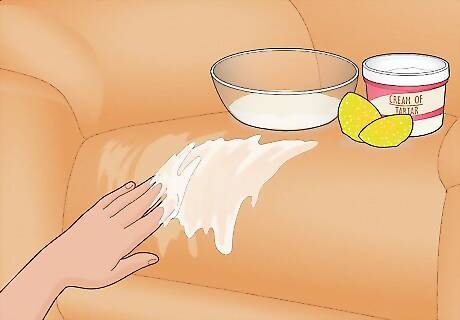
Try lemon juice and cream of tartar to fix discolorations. Discolorations are common on leather furniture, especially if your chair is a lighter color. A mixture of cream of tartar and lemon juice can be used to remove these types of stains. Make a mixture of equal parts lemon juice and cream of tartar. How much you'll need depends on the size of the stains you're removing. Mix until you have a paste. Apply the paste to the stained areas. Leave on for 10 minutes. Then, take a damp cloth and wipe the mixture away.
Trying Alternative Cleaners
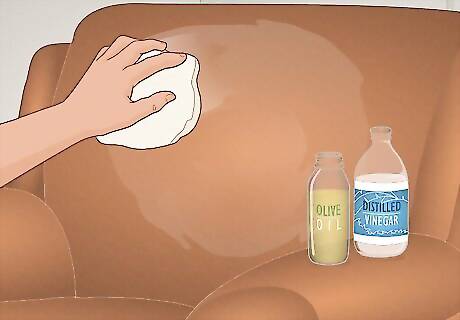
Try vinegar and olive oil. If your leather is not responding to conventional methods, vinegar and olive oil can be used instead. Mix one part vinegar and one part extra virgin olive oil. Then, dab onto the leather with a soft cleaning cloth, using circular motions to apply. Let sit for 10 minutes before buffing the chair with a dry cloth until it shines.
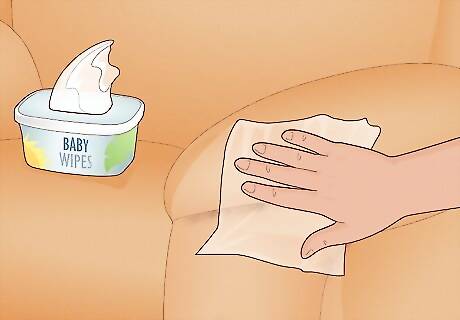
Use baby wipes. Baby wipes can be used to remove any gunk or built-up residue stuck on a leather couch. If you're hesitant to use baby wipes on furniture, they make wipes specifically designed for removing gunk from leather as well. You can buy these wipes online or at a local furniture store.

Try hairspray. If you have young children, you may end up with marker stains on your leather chair. These can be removed with hairspray. Use aerosol hairspray. Spray it over the stained areas. Then, rub it off gently and see if the stain comes out. Eucalyptus oil can also be used to remove marker stains if hairspray does not work.



















Comments
0 comment